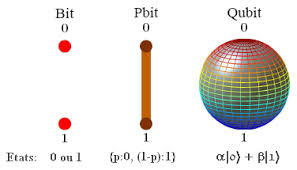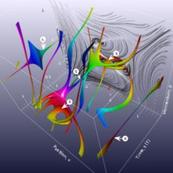We have looked at how a transistor works, the fundamental unit of classical computers, and how a quantum computer works in theory, taking advantage of quantum superposition to hold exponentially more information than classical computers. Now we look at the practical side of making a quantum bit, or qubit. How do you put it in a state where it is stable? How do you read and write information on it? These processes are described for a solid state qubit - a phosphorous atom in a silicon crystal substrate. Both the electron and the nucleus of the phosphorous atom can be used as qubits.
|


 RSS Feed
RSS Feed